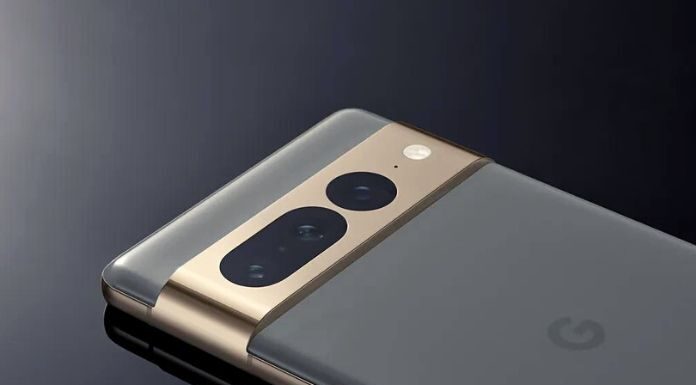Among others: Samsung Galaxy S23 Ultra, iPhone 14 Pro, OnePlus 10 Pro and Z Flip 4, and Pixel 7 Pro in good and low light comparison. Integrated smartphone cameras are getting better every year. But cameras are developing in leaps and bounds, so one manufacturer is ahead one year and another. Here we compare the top and mid-range models from essential smartphone manufacturers and determine the best cell phone camera. We limit ourselves to models that came onto the market in 2021 and later.
In good lighting conditions – and bright office lighting is sufficient for this. It doesn’t have to be daylight – all smartphones now deliver perfect pictures. But in poor light conditions, the wheat separates from the chaff, and several cell phone cameras still show weaknesses. The built-in “real” xenon flash or the LED photo light often helps to take good portrait photos in the disco or the moonlight. But the flash is not a panacea: Objects that are further away remain dark even for a moment, but there can be overexposure at close range. Better, the camera takes good pictures even with very little light. That’s precisely what we’re testing.
Many smartphones offer the choice between auto and professional modes in the camera settings. Since users take most snapshots with the automatic mode, we test precisely this. So we refrain from checking whether you could get even more out of it with time-consuming settings in the numerous menus of the camera app. To compare the best cell phone cameras, we pit Samsung Galaxy S23 Ultra, iPhone 14 Pro, Google Pixel 7 Pro, OnePlus 10 Pro, Huawei P50 Pro, and Samsung Galaxy Z Flip 4 5G against each other. Which smartphone camera can compete against the competition in dim lighting conditions?
Our Test Environment
We chose a windowless room for our test scenario. The motif with a flower and colored cardboard is photographed from a distance of one meter. We took the test shots in good lighting conditions with solid ceiling lights. We used indirect lighting with a 1-watt LED lamp for the photos in dim conditions. You will first find a description of the test results on the individual pages. We also link the unedited test recordings. On the last page, however, you will find a summary of the entire test. We also select the test winners there.
Note: We took all photos in auto mode. We also repeated the low-light shots with a night mode if the camera app offers it as an option. The following comparison concerns testing with the respective smartphone’s primary camera under our laboratory conditions. You can find more shots and difficulties with the selfie cameras in the individual test reports, which we link for each smartphone model.
How To Choose The Smartphone With The Best Camera?
We don’t have to bet everything on numbers to choose the smartphone with the best camera. Often, especially in the lower price ranges, phones with 2/3/4 cameras mount 2 MP fluff sensors, put there on purpose only to caress the marketing. Therefore, pay attention to the “multiplication” of the sensors, which is not synonymous with quality. The same can be said about megapixels: the latest 200 MP sensor is covered by many, but it doesn’t necessarily mean it takes better photos than a smaller lens. Why?
Because then it depends on the phone’s capabilities to shoot at that resolution maximum; to understand: it’s nice to have such a powerful sensor, but if the smartphone then shoots at its maximum with a 12-megapixel resolution, most of the potential is lost. Wanting to make a straightforward automotive comparison, it’s like buying a Ferrari and then going on the track, always staying in first gear. So it’s good to look at the photographic sector as a whole: the top remains a triple camera with a primary sensor, wide angle, and telephoto lens to guarantee good flexibility on different shots.
From portraits to landscapes, from night shots to zooming in on detail, you should be able to take any photo with this set. A separate discussion on the zoom: check that it is preferably optical and not digital (2x is the base, 5x is a good telephoto lens, 10x is excellent), i.e., that it is performed directly by the lens and not by cropping the image with loss of quality. Then everything revolves around computational photography: as mentioned, the wealth of power the new processors brought with them prompted the manufacturers to invest it in image quality.
As? By training the chips to use some artificial intelligence to enhance the photos coming from the sensors: therefore, reducing the noise, boosting the colors, and trying to add some sharpness to the faces of the portraits – Google is the company that has invested more, and that has reaped more rewards with the Pixels, still in the lead among smartphones with the best camera.
Also Read: Metaverse: Why Do Brands Need To Keep An Eye On It


